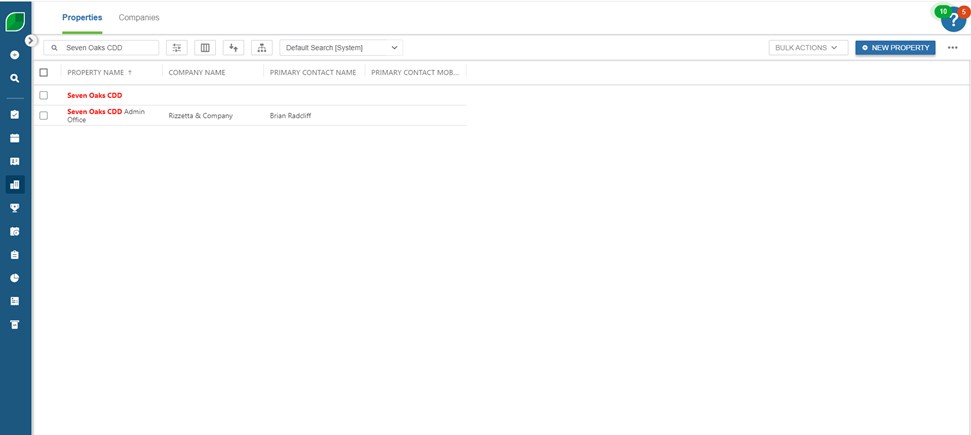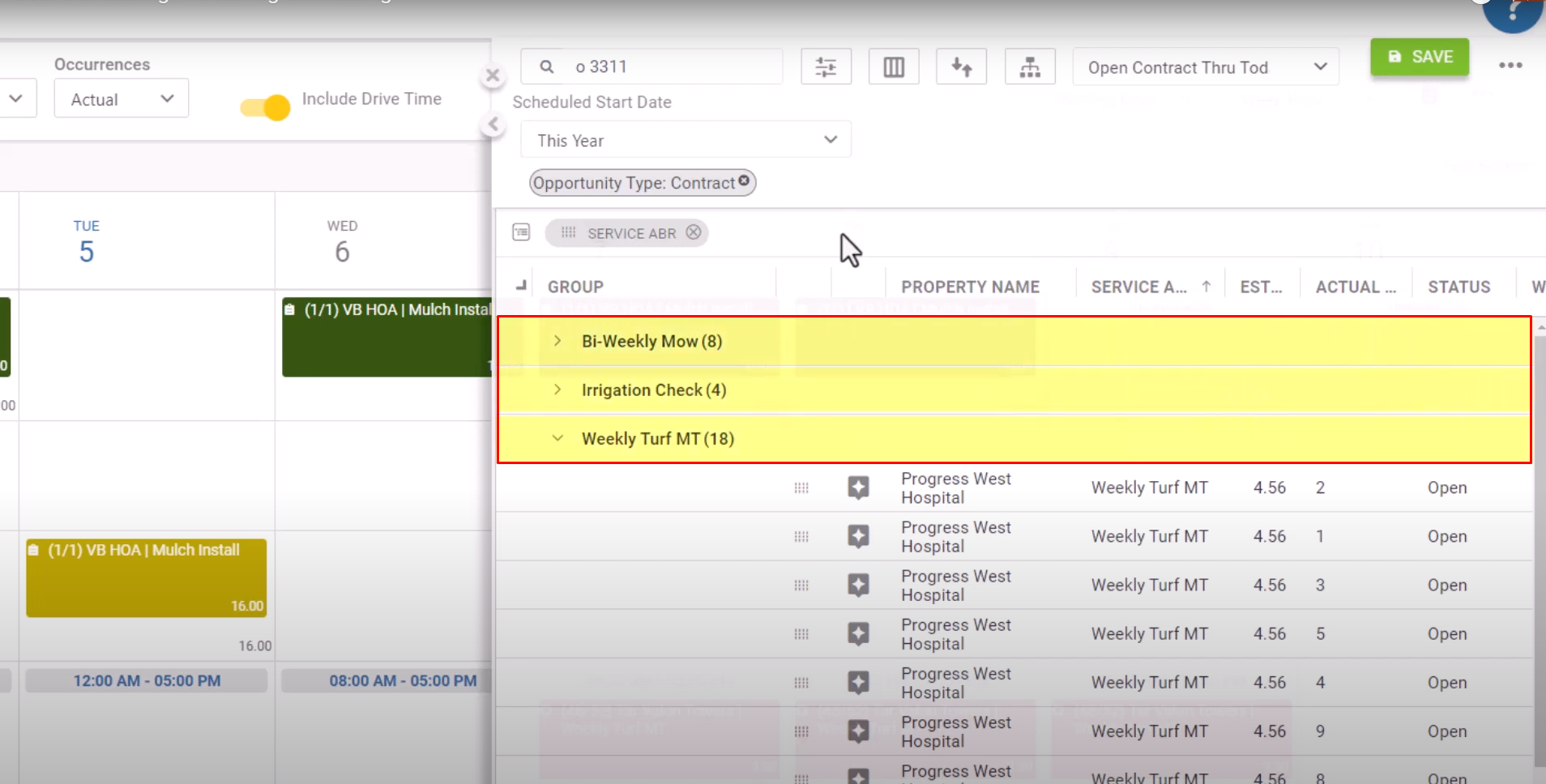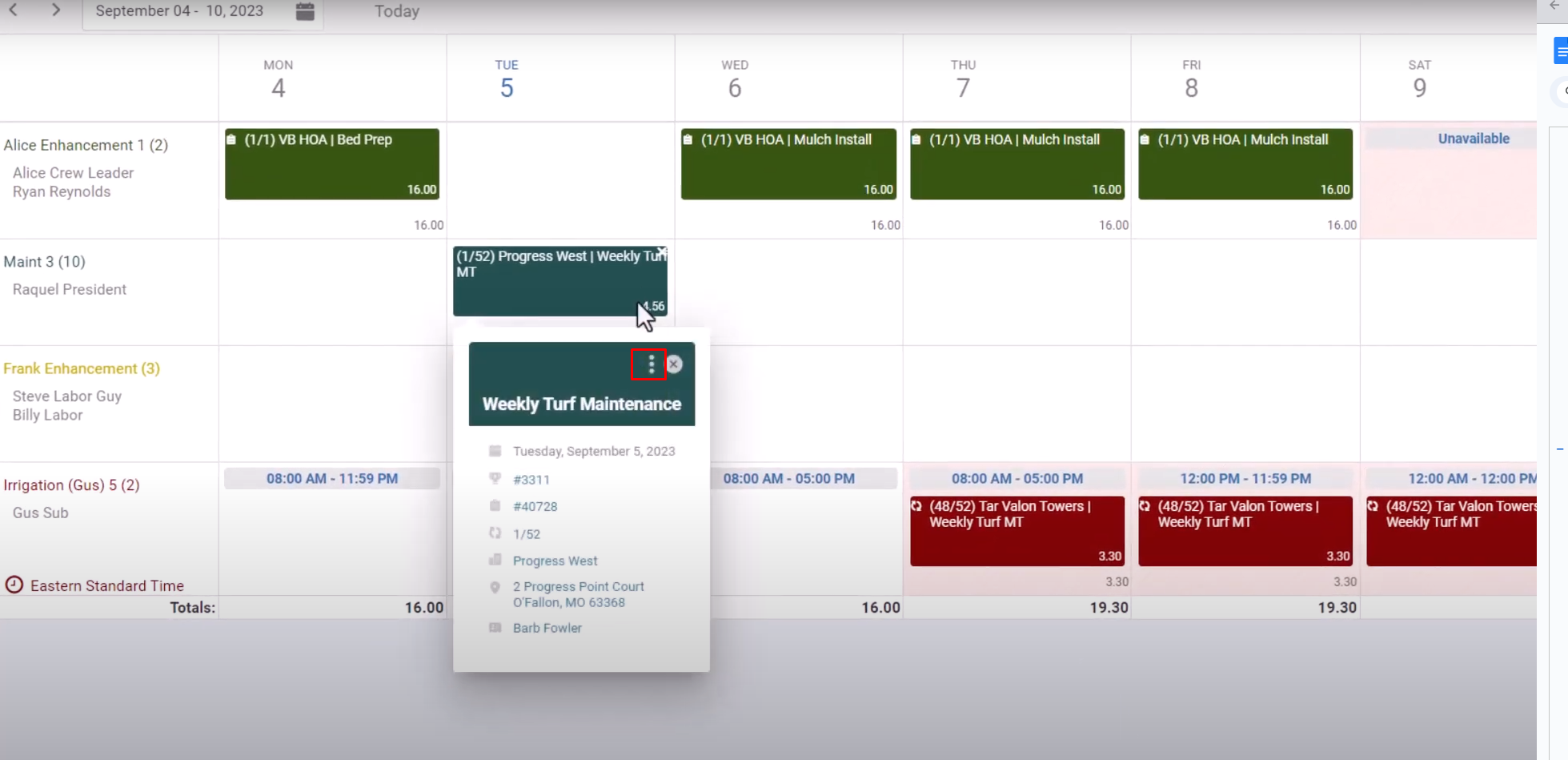Payroll management involves various tasks such as processing employee salaries, tracking time and attendance, and ensuring compliance with tax regulations.
For many businesses, handling these tasks in-house can be time-consuming and resource-intensive.
By outsourcing payroll to a specialized provider like Process-Smart, companies can leverage expertise and resources to streamline the process effectively.
Benefits of Outsourcing Payroll with Process-Smart
- Cost Efficiency: Outsourcing payroll can result in significant cost savings for businesses. Process-Smart offers cost-effective solutions tailored to meet the specific needs of each client. By reducing overhead costs associated with in-house payroll management, businesses can allocate resources more efficiently.
- Focus on Core Activities: By entrusting payroll tasks to Process-Smart, businesses can redirect their focus and resources towards core activities that drive growth and innovation. This allows employees to concentrate on higher-value tasks, ultimately enhancing productivity and profitability.
- Expertise and Compliance: Process-Smart maintains an experienced team proficient in payroll management and regulatory compliance. With in-depth knowledge of tax laws and regulations, they ensure accurate processing and timely reporting, mitigating the risk of costly errors or penalties.
- Scalability and Flexibility: As businesses grow or experience fluctuations in workforce size, their payroll needs may change. Process-Smart offers scalable solutions that can adapt to evolving business requirements. Whether it’s adding new employees, adjusting payroll schedules, or accommodating seasonal variations, Process-Smart provides flexibility to meet diverse needs.
- Enhanced Data Security: Protecting sensitive employee data is paramount for any organization. Process-Smart employs robust security measures and protocols to safeguard confidential information. From encryption technologies to access controls, they ensure data integrity and compliance with privacy regulations.
Strategies for Streamlining Outsourced Payroll Process
- Initial Assessment and Planning: The first step in streamlining the outsourced payroll process is conducting a comprehensive assessment of current procedures and identifying areas for improvement. Process-Smart collaborates closely with clients to understand their unique requirements, challenges, and goals. By analyzing existing workflows and pain points, they develop a tailored strategy to optimize the payroll process.
- Prompt Solutions: Process-Smart offers effective solutions designed to address specific needs and preferences of each client. Whether it’s implementing automated payroll systems, integrating time and attendance tracking software, or providing personalized support, they tailor their services to align with client objectives. By offering flexible options and configurable solutions, Process-Smart ensures maximum efficiency and satisfaction.
- Streamlined Workflows: To streamline the outsourced payroll process, Process-Smart focuses on optimizing workflows and eliminating unnecessary steps. By standardizing procedures, automating repetitive tasks, and implementing efficient workflows, they reduce processing time and minimize errors. This results in smoother operations and faster turnaround times, enhancing overall efficiency and productivity.
- Continuous Improvement: Payroll management is an ongoing process that requires continuous monitoring and improvement. Process-Smart adopts a proactive approach to identify bottlenecks, inefficiencies, and opportunities for enhancement. Through regular performance reviews, feedback mechanisms, and process audits, they strive to enhance service quality, accuracy, and reliability. By staying agile and responsive to changing needs, Process-Smart ensures long-term success and client satisfaction.
Streamline Your Payroll Process with Process-Smart
Outsourcing payroll with Process-Smart offers a strategic solution for streamlining operations, reducing costs, and enhancing efficiency. By leveraging expertise, technology, and best practices, businesses can optimize their payroll process and focus on core activities.
With customized solutions, streamlined workflows, and continuous improvement initiatives, Process-Smart empowers organizations to achieve their payroll objectives effectively.
Let’s explore how Process-Smart can streamline your outsourced payroll process and elevate your business performance. Let us handle the complexities of payroll management while you focus on driving growth and innovation within your business. Contact us today to schedule a time to talk about the benefits of a relationship with Process-Smart!































